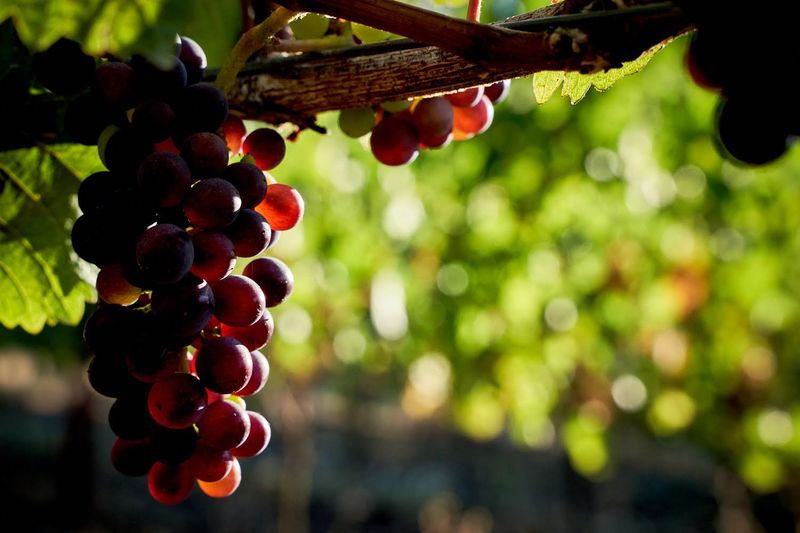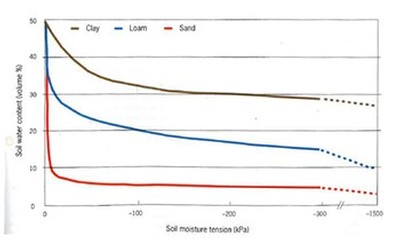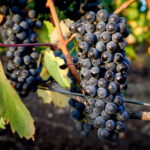
The effects of water on tannin levels in grape development – Part one: Soil science
Last month I had the pleasure of speaking at the Oregon Wine Industry Symposium on a panel talking about grape and wine tannins. Anna Matzinger, Steve Price and I wanted to clarify what tannins are, how their levels in wine affect texture and structure of the wine, where tannins come from, the role of soil moisture on grape tannin levels and how harvest date affects quality of tannins.
Anna Matzinger, Matzinger Davies Wine Company, opened the discussion with a tasting of four Pinot Noir wines from 2015 with tannin levels varying from 250-700mg/L. The wines really highlighted what increasing tannin levels in wine does to the structure and texture of a wine. Anna has a great perspective on wine tannins for she’s been making wine the Willamette Valley for over 15 years now.
Steve Price, S Price Consulting and ETS labs, is a wealth of knowledge on tannins and has spent the last 25 years of his life dedicated to improving the industries understanding of grape and wine tannin. Steve talked about the importance of time to develop tannins and the relationship between catechins and tannins.
I was tasked with talking about the relationship between soil water status and grape tannin levels. It was a great opportunity to improve my understanding of the relationship, and helped me come to terms with the difference between dry farming here in the Willamette Valley and the irrigated vineyards in Southern Oregon. On dry farmed sites factors like soil type, depth and texture, along with the seasonal rainfall have a profound effect on tannin level. In vineyards where there isn’t enough soil moisture to sustain the vines for the entire season, supplementary irrigation is needed. In those vineyards you have more control over the tannin levels of the grapes. To understand this topic and prep for my panel discussion, I studied three key disciplines: 1) soil science; 2) plant physiology; and 3) irrigation management.
Before I get into this I will say that I think the Internet is great for researching topics but I really like books.
PART ONE: SOIL SCIENCE

When looking at soil science and viticulture I always reach for my trusty book by Phil Nicholas, Soil, Irrigation and Nutrition (2004). What I learnt was: soils hold water but not all the water is available to the plants because some of it is held to tightly to the soil particles. What’s available to the plants is called Plant Available Water (PAW) and it is influenced by the depth of the soil (or to limiting layer) and by the texture.
- Depth to limiting layer is really easy to understand – as the soil gets deeper the quantity of PAW increases; the shallower the soil the less PAW.
- Texture is defined by the percentage of Sand, Silt and Clay. The texture affects the PAW but it also affects how the water is released from the soil. Below is a soil water release curve for a clay soil, a sand soil and a loam soil. Note how the tension changes as the soil water content decreases for the different soils. This tension directly affects the plant in a number of ways, particularly how it affects the plant at a certain time point that can change the level of tannins and other phenolic compounds. Soil tension can be measured using tensiometers at various levels in the soil.
